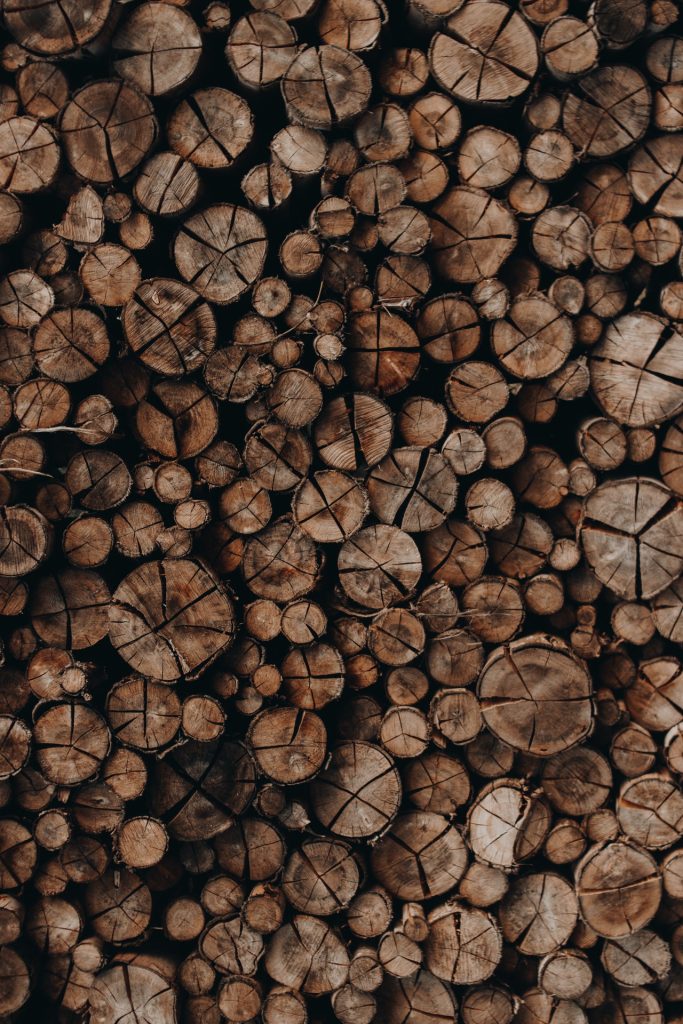Advantages of building with natural timber

Timber is a building material that is cost-efficient and has great characteristics for both indoor and outdoor products and structures. Natural timber is often chosen due to its natural appearance and lasting performance.
As the timber comes in different species and grades, it means that the timber can achieve a wide variety of looks and different aesthetics. Exterior designs often feature a timber facade that highlight the natural appeal of timber. The more structural timber is used for outdoor structures as it is anti-corrosive. Timber will not corrode in heavy industrial environments or salty air like other building materials such as steel.
When it comes to choosing the right natural timber, you can go for a hardwood or a softwood type. Architects design buildings with timber ceilings and walls in order to achieve a softer and more natural aesthetic to the interior spaces. Make sure that you select the type that you need structurally first, whilst achieving what is visual appealing should come second.
All hardwood needs to be treated with ACQ, which will help to protect the natural timber from rot, insect infestation, splitting, and will help to ensure that the ongoing costs are kept to a minimum. Softwood needs to be treated in a clear treatment as it can change the colour of the timber. You can treat the wood with an oil-based preservative which will help to preserve the timber.
Here are some advantages of natural timber:
The timber is readily available
Timber is a natural material that can be easily sourced from building material suppliers all over the world. This makes it very popular for construction and a range of different forms of building types.

Natural timber is safe
Given the fact that the timber has come from a natural source, it means that it is non-toxic. The wood is safe to handle even when it ages, and it won’t cause any damage to the environment. You can reuse the timber which increases it’s green star energy rating and the carbon credits too. Most timbers are sustainably harvested and continue to have a long life past their original first use in a building.
Timber is very easy to work with
Natural timber is lightweight, low density and has an attractive grain structure, all these attributes made timber one of the most popular materials in the early days of building. These days we have very high-tech advanced machinery that can cut, prepare and drill the timber to the right shape and size required. Even the hardwood types are easy to work with when compared to the other types of materials used in buildings such as steel.
Timber is very cost-effective
The price points for timber compared to the other types of materials is very affordable. It has fewer steps in the processing journey, so it costs less to produce. It’s cost effectiveness is also attractive when you take into consideration the life cycle of timber.
It is carbon positive
Due to timber being a greenhouse product, it has a lower environmental impact than other building materials such as concrete, aluminium and emission-intensive steel. It happens to be one of the only building materials that help to lower the carbon emission, which positively adds to addressing climate change. Carbon is a source of renewal and gives back to the environment helping the earth. As the trees grow, they take in the atmospheric carbon dioxide and will then store that in their trunks, branches and leaves. About half of the dry weight of the tree is actually carbon that has been stored in the tree for its life which is then retained during the timber processing journey.
It seems there are many benefits to using natural timber when constructing and building. Perhaps it is the ideal choice for your next project.
